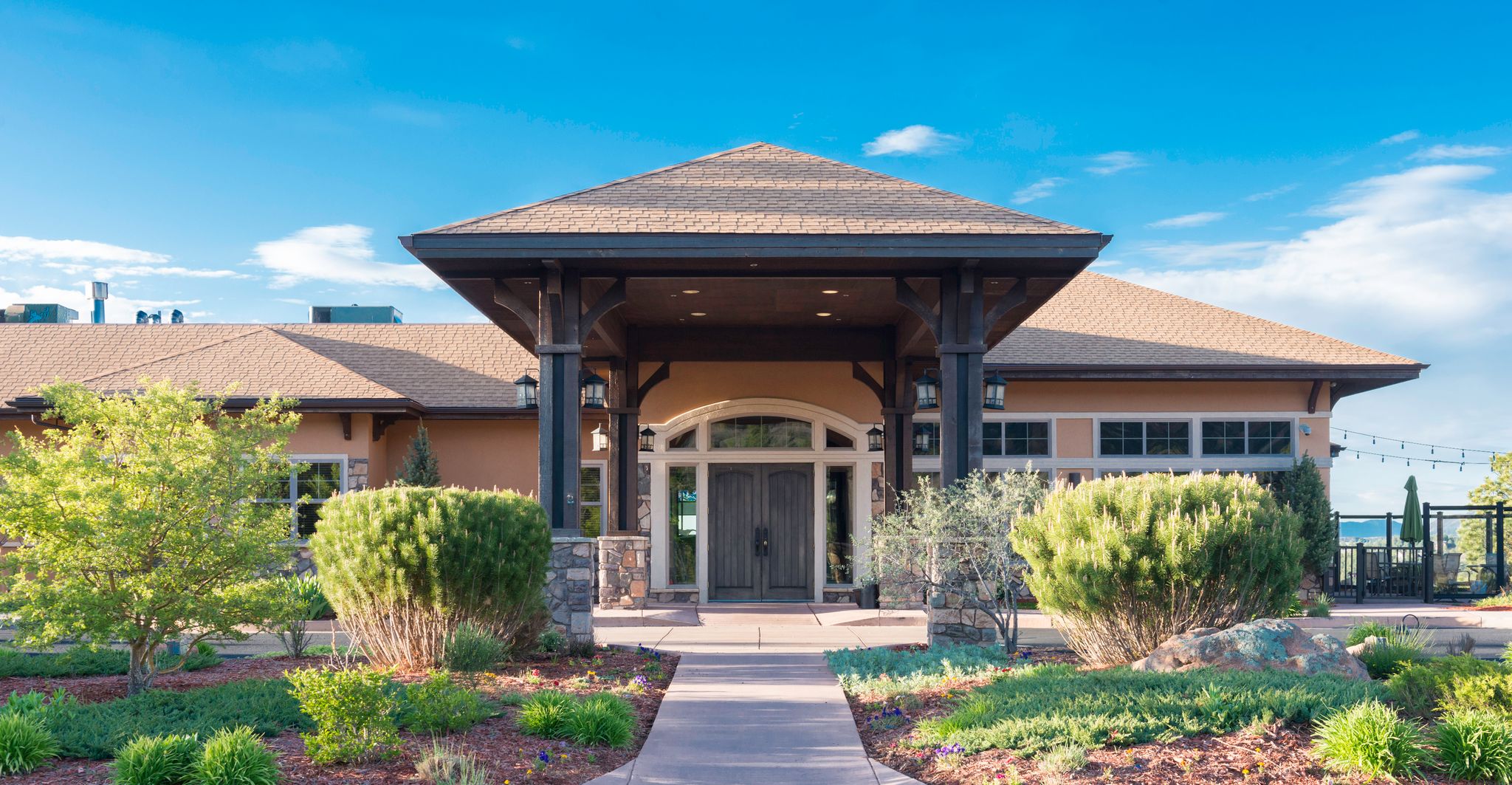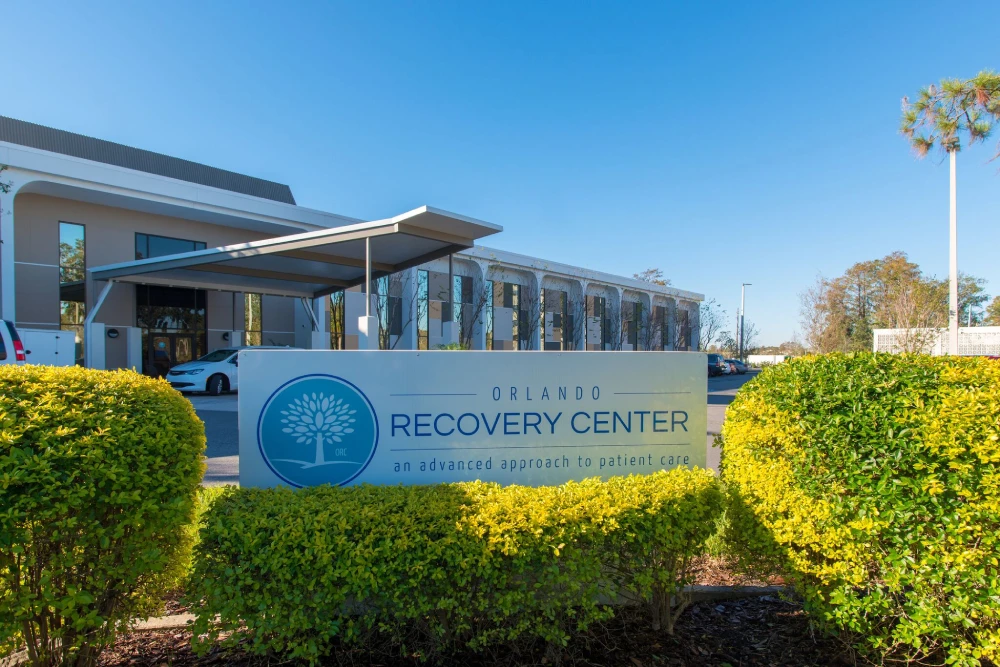Alcohol’s forms and its uses have changed drastically through the ages. Here’s the rich history of alcohol you’ve never heard of.
Wine. Martinis. Shots.Today, there are hundreds of different drinks you might order from any given bartender. Drinking is a leisure activity that we use to relax, party, or escape.
But it hasn’t always been that way.
Alcohol’s forms and its uses have changed drastically through the ages. Here’s the history you’ve never heard of:
Alcohol’s humble beginnings
How long have humans been drinking alcohol? No one is sure, but the first signs of it show up around 7000 B.C., likely originating somewhere in China. It’s not actually untilroughly 3200 B.C.that we find the first documented evidence of it: a pictograph from Mesopotamia of a clay vessel presumably holding beer.
Alcohol is thought to have driven a significant portion of early societal development. Take bread, for instance. In 1877, an archaeologist named James Death suggested that the invention of beer preceded the invention of bread. That might mean that the reason we ever settled down into an agricultural lifestyle was to produce enough wheat for beer. And fun fact: the oldest recipe in the world that we know of is not for food, buthow to make beer.
But the beer then was pretty different from the beer we know today. It was thick, almost gruel-like, to the point where the Sumerians would drink it through a straw to filter out the bigger pieces. It might sound unappetizing, but it was an important source of calories and considered to be very nutritious.
In fact, beer has been a staple for cultures around the world for centuries. In Englandbetween 1001 and 1500 A.D., for example, ale was the common drink and was consumed by adults and children throughout the day.
Wine arose a bit later, depending on where in the world you lived. In many cultures, it was considered a luxury reserved for the upper class. But for ancient Greece, it was a key part of society. In some parts of Greece, drinking was considered a civic duty, and those who didn’t drink were said to be lethargic and smelly. Yes, really. The equal distribution of wine at feasts is even thought to be the basis for the concept of “demokratia,” which led to democracy.
But alcohol has always had its problems

Despite the massive cultural developments that alcohol has spurred on, humanity has been struggling with its negative effects for a long while. The first recorded instance of alcohol control comes from Hammurabi’s Code around 1720 B.C., which placed strict requirements on tavern-keepers to avoid serving alcohol to criminals. Alcohol was a key part of bringing society together, but regulating its distribution was important to keeping the peace.
For most of early history, alcohol was created through fermentation. But in the Middle Ages, the distillation process was introduced and slowly perfected. This brought on a host of new problems. At first, distilled liquor like brandy was first sold as a medicine to treat dozens of conditions. But by the end of the Middle Ages (around 1500 A.D.), distilled spirits were sold as drinks.
Fast-forward a few hundred years. Alcohol production had grown throughout the world. In 1690, though, it experienced a growth period when England put legislature in place that promoted distilling. The boom happened again in 1736 when Parliament passed legislation that said gin could only be sold in quantities of two gallons or more. The amount of alcohol consumed in people groups across the world continued increasing throughout the 1700s.
Finally, in the early 1800s, things got complicated. People began reacting to the problems thatalcoholismwas causing in their communities. This is when the first modern temperance groups arose, which promoted moderation in drinking. And sure enough, in the early 1900s, countries across the world such as Russia, Norway, Iceland, Canada, and the United States established laws that made the possession of alcohol illegal.
Instead of destroying the alcohol trade, however, its distribution was moved underground. The prohibition ushered in a period of black market alcohol, similar to the illegal drug market we see today. The alcohol bans did not last long. In the U.S., the prohibition ended in 1933.
Where we are today
Since the prohibition was repealed, the public’s view of alcohol has been gradually changing. Today, there are a few key developments that shape our current understanding of alcoholism:
- Alcoholics Anonymous was founded in 1935 and has since spread to 190 countries across the globe;
- In the States, we now understand that addiction is not a moral failing, but a physical diseasethat requires treatment like any other illness;
- Through modern medicine, addiction patients can find relief from both withdrawals and cravings;
- And there’s more legislature in place than ever before to help people facing addiction get the help they need.
Alcohol is tied to society, oftentimes at the expense of society itself. But here’s the good news: if you are facing addiction,you don’t have to do it on your own.
At The Recovery Village, we offer a full spectrum of care so you can get the help you need from day one of alcohol detox through the day you experience freedom from addiction. Learn about alcohol rehab, and don’t hesitate to bring any of your questions to our compassionate representatives at 844-284-1907. We’re here for you.














